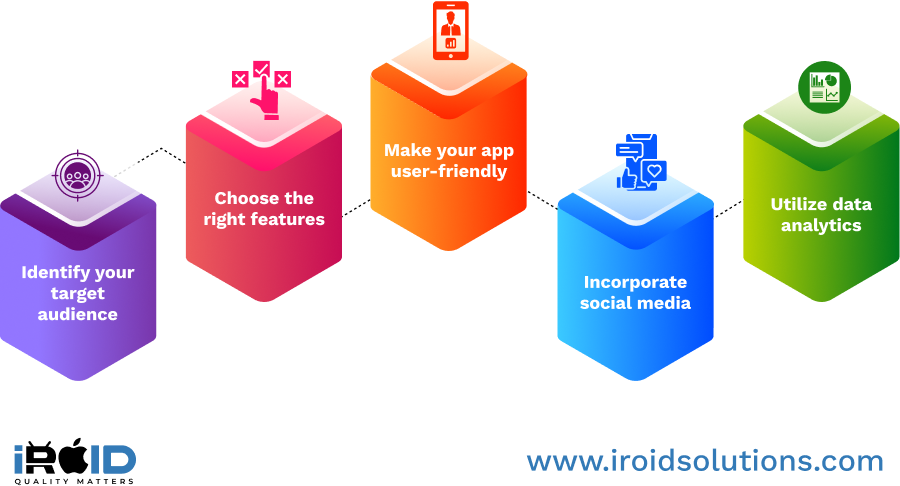The travel industry is one of the most dynamic industries in the world, and mobile apps have become an integral part of it. Whether it is booking flights, finding accommodations, or exploring destinations, travel apps have revolutionized the way we travel. In this blog, we will guide you through the process of developing a mobile app for the travel industry.

1. Identify your target audience
The first step in developing a successful mobile app for the travel industry is to identify your target audience. Travelers come in all shapes and sizes, and your app should cater to their unique needs. Some of the most common traveler types include business travelers, families, adventure seekers, and luxury travelers. Understanding your target audience will help you design an app that meets their specific needs.
2. Choose the right features
The next step is to choose the right features for your app. Some of the most essential features for travel apps include flight and hotel bookings, destination guides, maps, and weather information. However, depending on your target audience, you may want to add more specialized features, such as language translation, currency conversion, or itinerary planning.
3. Make your app user-friendly
User-friendliness is essential for any mobile app, and travel apps are no exception. Your app should be easy to navigate and provide users with a seamless experience. Make sure that your app has an intuitive interface, and that users can easily find the information they need. Additionally, consider adding features that simplify the booking process, such as saved payment methods or one-click bookings.
4. Incorporate social media
Social media is an essential tool for travelers, and incorporating social media features into your app can help increase engagement. Consider adding social media sharing buttons to your app, or allowing users to log in using their social media profiles. Additionally, consider incorporating user-generated content, such as reviews and photos, into your app.
5. Utilize data analytics
Finally, to ensure that your app is successful, it is essential to utilize data analytics. Data analytics can help you track user behavior, identify areas for improvement, and optimize your app for maximum engagement. Consider using tools such as Google Analytics or Mixpanel to track user engagement and gain insights into how users are interacting with your app.
In conclusion
Developing a mobile app for the travel industry requires careful planning and execution. By identifying your target audience, choosing the right features, making your app user-friendly, incorporating social media, and utilizing data analytics, you can create an app that meets the unique needs of travelers and helps your business succeed.
If you're interested in developing a mobile app for the travel industry, Contact Us today to discuss your project. Our team of experienced developers can help bring your vision to life and create an app that stands out from the competition.
Blog Related FAQs:
Recent Blog Posts
Get in Touch With Us
If you are looking for a solid partner for your projects, send us an email. We'd love to talk to you!














